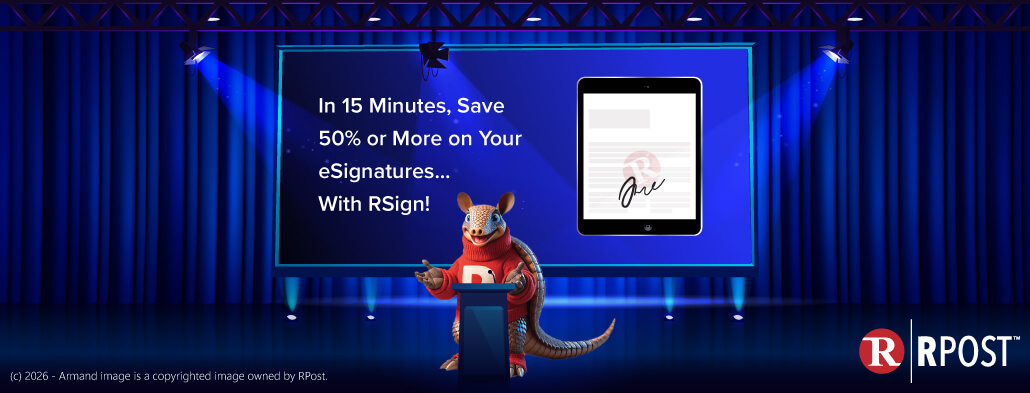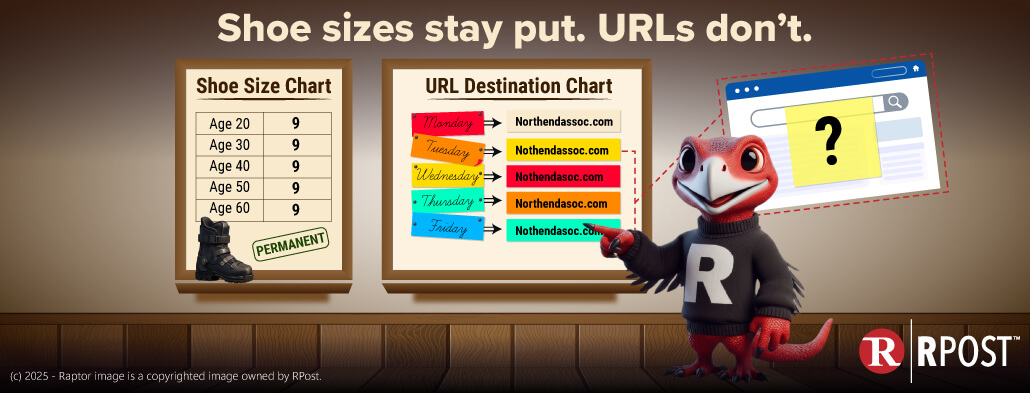
It’s always useful to have something to chat about at the holiday BBQ’s other than sports, weather, and summer vacation plans. Here are three popular “How To’s” that will make you appear to be a tech guru during your chit chat!
(Caution – this type of holiday BBQ banter may alienate all but your most devout personal fans 😊)
Top Question: How to Thwart Cyber Criminal Induced Mis-Wires (Wire Fraud)
Every organization today appears to be in the cross hairs of sophisticated impostor email that aims to trick staff into sending payments to the wrong party (to the account of the impostor client, supplier, or employee).
Today, this is often originating at a recipient of senders in your organization – cyber criminals are using a variety of tactics to eavesdrop on their email (your email to them) and when they see the right opportunity, they strike. The cybercriminal purchases a domain often with one letter off (AnchorInsurance.com vs AnchorInsurnance.com). Since people often do not read every letter in words (or domains), they are tricked into corresponding with who they think is a supplier, client, or partner, and ultimately make a payment on a fake invoice or to fake wire transfer coordinates.
Boom! Payment sent, and what is worse, often no one realizes the fake invoice was paid for days, or months.
There is no amount of cybersecurity training that is going to convince your staff to read every letter of every domain – we’ve tried it, not possible. Today’s speed of typing, texting, teams-ing, is just too fast for people to pause and focus.
The only way to prevent this is to, after clicking send, before sent, have a way to detect if one of the recipient email domains are “new” – or relatively new. Now, there may be legitimate reasons why your staff is communicating with recipients at newly created email domains. But probably not often.
Learn:
How to encrypt email messages
How to Secure Email
How to Secure File Sharing via Email
We’ve found a way to turn on, in Microsoft Outlook, with a few clicks, a domain age detector, which flags red any recipient domain that is a newly created lookalike domain of one of your clients, suppliers or partners.
It’s like magic – and it is instant, after the send, before sent. It’s the last line of defense before a “mis-wire” or fake invoice payment. (Contact us for more on the RMail Lookalike Domain Detector. It comes standard, enabled, in the latest versions of RMail for Outlook).
Another Top Question: How to (Re)Evaluate eSign Vendors, and Why Now
Many organizations started using eSignatures with a vendor out of need to get going quickly; but now they are realizing it may be time to explore options — either for more affordability as they scale their eSign use, or for other new needs like friendlier support or access to specialized features or workflows. The key things, as we’ve heard, to look for are feature-richness to support unique workflow needs, elegantly easy user experience, friendlier people to help you migrate or get started – and get the most out of the eSign tools as your needs evolve, and if you can check those three boxes, then more affordability – much more, enough savings to justify the time to change.
Of course, there is only one eSign company that we know of that checks those three boxes plus is (much) more affordable. Check out RSign (click here for eSign bliss).
And Thirdly: How to Kill a Mis-Addressed Document (…After it has been Sent)
I suppose we’ve provided about as much techy tips anyone might be able to absorb before a great holiday weekend… We’ll save this tech tip for next week.
Stay tuned. Until then, enjoy your holiday BBQ’s.

January 16, 2026

January 09, 2026

January 05, 2026

December 26, 2025

December 19, 2025